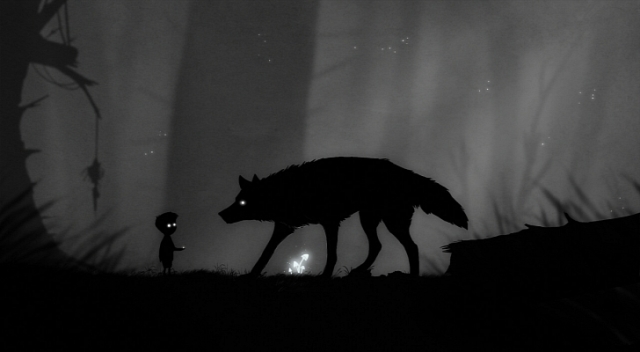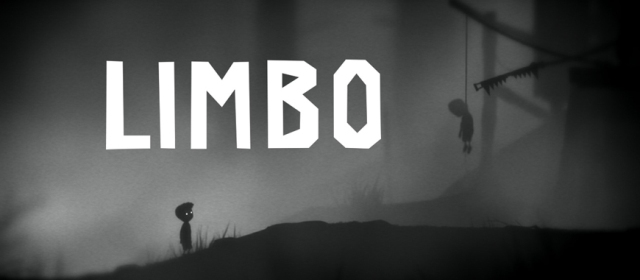First released on Xbox LIVE almost three years ago, Limbo wowed us with its tale of a sweet, (apparently) innocent little boy lost in a dark world filled with horrific, violent death traps. Now developers Playdead have ported it to the PlayStation Vita, but how does it stack up against the original?
Part of the pleasure of Limbo is that everything is nondescript and ambiguous. Where is the boy? Why is he there? What’s he striving for? Why is there a terrifying giant spider stalking him for the first hour? The complete lack of a discernible narrative is a huge bonus, placing the onus on your own imagination and forcing you to fill in the gaps for yourself.

The world is wonderfully dark, comprised of black, angular silhouettes and an air of creeping menace that is hard to pinpoint but always palpable. It’s hard not to grow attached to the nameless protagonist, whose bright little eyes are the only points of light in the hideous gloom, and whose sudden and disturbing deaths affect you every time, whether he’s being sliced in half by a massive bear trap or slowly drowning as you mash the buttons hopelessly, as though your desperation might alter the game’s very programming.
There’s no denying Limbo’s appeal. A simple, uncluttered adventure that endears you to the little boy with every step he takes and every challenge he overcomes. From the aforementioned giant spider to brain-worms that drop from the ceiling and take control of your movement; from the weird faceless natives that attempt to kill you at every turn to the environmental puzzles that test your brainpower and reflexes in equal measure, surviving the horrors that Limbo throws at you brings its own rewards over and over again.
Unfortunately, it’s such a winning formula that Playdead and Double Eleven haven’t changed a thing for the Vita version. Where certain puzzles might have made use of the touch screen or motion sensor, the controls remain exactly as they were on the 360. Pushing, pulling, jumping, swinging and running are all still mapped to the buttons and sticks, and the touchpad and touch screen are non-operational. There are no extra levels, no new content whatsoever, and nothing that marks it out as a Vita game.

Of course, you could argue that with a game as close to perfect as Limbo undoubtedly is, there’s little need to change anything. While that’s true, straight ports may benefit those who couldn’t get hold of a game because they didn’t own the original console, but do nothing to sell a new version of a game to existing players (unless being able to guide a ghostly child through the afterlife is something vastly improved by sitting on the porcelain throne while you do it).
The visuals aren’t quite as vivid on the Vita’s small screen as they were on 360, but the audio design is just as immersive as ever, creating a hollow, noiseless vacuum in which the boy’s footsteps echo ominously and every tiny, incidental sound becomes a forewarning of more imminent horror, topped off by some hauntingly melodious incidental music.
Should you buy it? At £9.99, any Vita owner who didn’t play the 360 version of Limbo should certainly pick this up. It’s a fantastically atmospheric, surprisingly moving game that offers a decent selection of puzzles and a beautifully grim world to explore. If you’ve already played the original, be warned: nothing here has changed one iota, and if you weren’t blown away before then you won’t be now. If, however, you simply want a version of Playdead’s masterpiece to take out and about with you, then it’s absolutely worth downloading the Vita edition.





